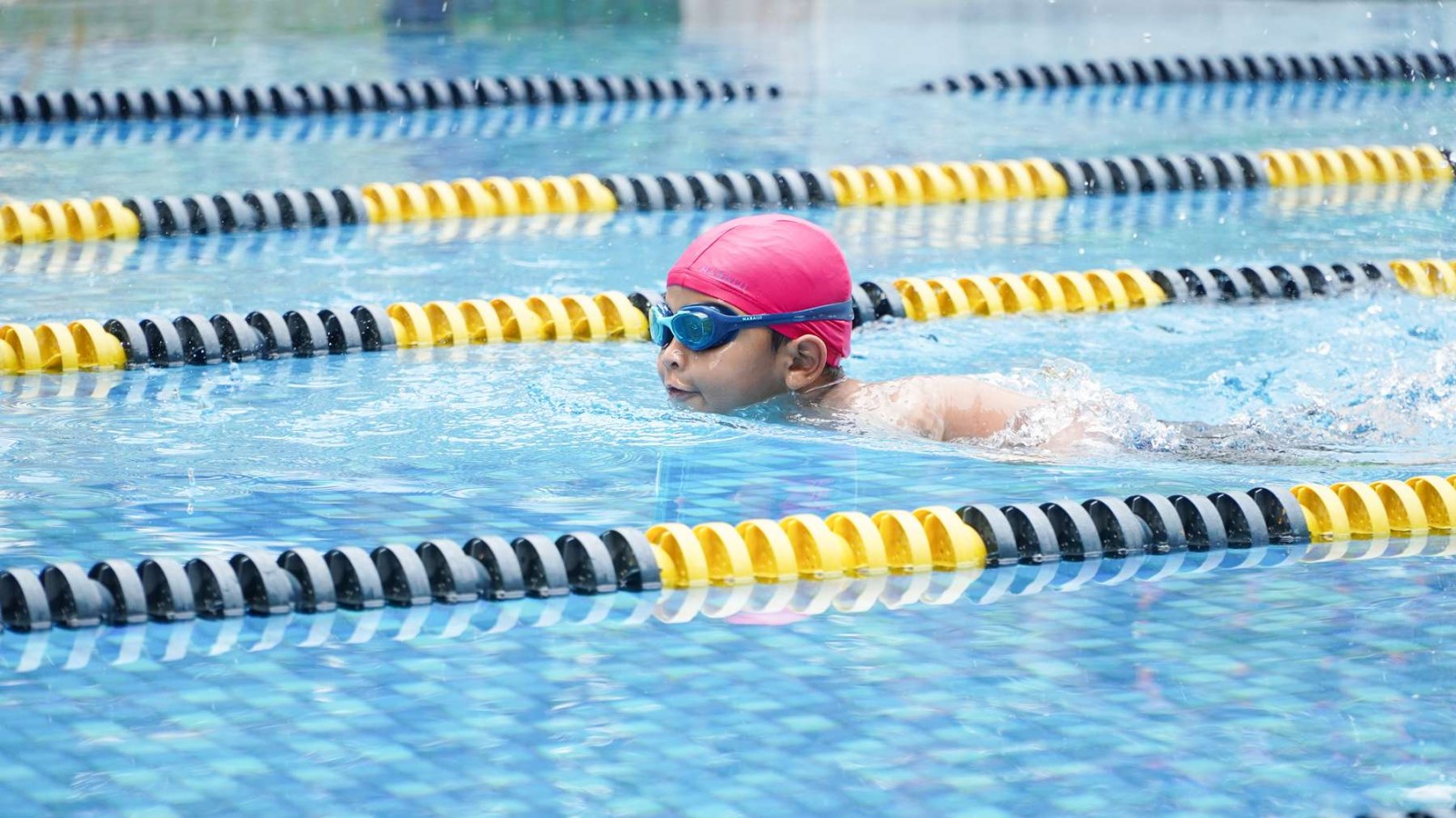Tennis Stances for Every Shot: From Basic to Advanced

Tennis is a sport where every shot and every movement counts, and mastering the right stance can make all the difference. Understanding various tennis stances is essential for players of all levels, from beginners to advanced competitors.
Whether you're looking to improve your baseline game or perfect your net play, knowing how to position your feet and body for each type of shot will enhance your performance and efficiency on the court.
In this article, we will explore the fundamentals of tennis stances, guiding you through the basic positions and advancing to more sophisticated techniques.
Basic Tennis Stances for the Forehand
Mastering basic tennis stances for the forehand is crucial for building a solid foundation and improving your performance on the court. Here’s a detailed look at the essential stances and techniques for executing a forehand shot effectively:
A. Neutral Stance for Easy Rallies
The neutral stance is ideal for baseline tennis rallies where minimal movement is required, such as during warm-ups or casual hitting sessions.
In this stance, place your feet, hips, and shoulders sideways, transfer your body weight forward from your back leg to your front leg, and lift the heel of your back foot to maintain balance and control.
B. Semi-Open Stance for Wider Balls
The semi-open stance is perfect for reaching wider balls that push you to the sides of the court.
To execute this stance, step your right leg out towards the ball, load and stabilize on it, keeping it slightly behind the left foot. Rotate your hips and feet as you hit the ball to generate power and maintain stability.
C. Neutral Stance for Shorter Balls
For shorter balls that bring you closer to the net, the neutral stance allows for effective forward movement and power transfer.
Position your feet, hips, and shoulders sideways, move your body weight forward from your back leg to your front leg, and step into the court with your back leg to take advantage of the short bounce and prepare for a net approach.
D. Sliding on Clay Court
Sliding on clay courts is an essential technique for reaching balls that are further away, allowing for smoother and more controlled movement.
Initiate the slide with your outside leg (right leg for right-handed players), keeping a low center of gravity to maintain balance. As you slide, rotate your hips and feet to prepare for the shot, ensuring a smooth transition into your stroke.
This technique, originally used primarily on clay, is now adopted by professionals on hard courts for its effectiveness in reaching difficult balls.
Basic Tennis Stances for the Backhand
Just like the forehand, different situations require different stances to optimize your performance on the court. Understanding these basic stances will help you improve your consistency and precision. Here’s a look at the fundamental tennis stances for the backhand and how each one can enhance your game:
1. Neutral Stance for Easy Rallies
The neutral stance for the backhand is used for easy balls that come close, similar to the forehand.
In this stance, position your feet, hips, and shoulders sideways, transferring your body weight forward from your back leg to the front leg, lifting the heel of your back foot for balance and power.
2. Closed Stance for Wider Balls
The closed stance is common for backhand shots, especially when the ball goes wider.
Load your weight on your dominant leg (right for right-handed players), step out to the side with your back leg after the stroke, and pivot with your non-dominant leg to return to the middle of the court.
3. Neutral Stance for Shorter Balls
For shorter balls, use the neutral stance to move forward and take advantage of the ball's short bounce.
Position your feet, hips, and shoulders sideways, move your body weight forward from your back leg to the front leg, and step into the court with your back leg to increase power and control.
4. Sliding on Clay Court
Sliding on clay for the backhand is essential for reaching balls that are far from you and require inertia to hit. Initiate the slide with your outside leg (right leg for right-handed players), keeping a low center of gravity for balance.
As you slide, step out to the side with your back leg after the stroke, pivot with your non-dominant leg, and return to the middle of the court.
This technique allows for smoother movement and better positioning, ensuring you can effectively reach and hit difficult shots.
Attacking Stance for the Forehand
The attacking stance for the forehand is all about maximizing power and precision when you're looking to take charge of the point. Imagine you're getting ready to hit a strong, decisive shot, this stance is designed to help you do just that!
A. Semi-Open Stance with Jump Forward
The semi-open stance with a jump forward involves positioning your feet at about 45 degrees to the baseline. As you coil your upper body to the right, you store elastic energy in your muscles, which is released as you uncoil and strike the ball.
Position your right leg outside towards the ball, load on it, and keep it slightly behind the left. When you impact the ball, rotate your hips and feet, land on your left leg, and lift your right leg backwards for balance.
B. Neutral Stance with Jump Forward
In the neutral stance with a jump forward, position your feet about 90 degrees to the baseline and stay sideways to the net.
Prepare a short backswing, and as you swing, jump forward, landing on your front leg while lifting your right leg backwards for balance.
This stance allows you to transfer bodyweight forward, generate power, and step into the court to hit volleys or approach shots effectively.
Attacking Stance for the Backhand
When it comes to taking an aggressive approach with your backhand, using the right stance can make all the difference. Whether you're aiming for a powerful shot or trying to put pressure on your opponent, mastering the attacking stance is key. Here’s how to make the most of it:
1. Closed Stance with Leg Lift
The closed stance is commonly used for the backhand, with your body positioned laterally and both feet pointing to the left side of the court. Turn your upper body to the left and place your chin over your right shoulder to track the ball.
Prepare the racket high and upright, and as you strike the ball, lift your left leg backwards to maintain stability and attack from above. After the strike, step out to the side with your back leg and pivot to return to the middle.
2. Neutral Stance with Jump Forward
In the neutral stance, your feet are positioned about 90 degrees to the baseline, keeping you sideways to the net.
Prepare a short backswing and jump forward as you swing, landing on your front leg while lifting your right leg backwards for balance.
This stance helps transfer body weight forward, generate power, and step into the court for approach shots or volleys.
Start Practicing Today!
Mastering tennis stances is key to elevating your game from basic to advanced levels. So, take the time to focus on your stance, integrate these tips into your training, and watch as your tennis skills grow.
In search of the perfect tennis program to elevate your game? Look no further than Rockstar Academy’s Tennis Program, where we offer expert coaching in traditional tennis and the exciting game of touchtennis.
At our Sports & Performing Arts Academy, we provide a comprehensive training experience, focusing on technical skills, strategic play, and physical conditioning to prepare you for high-level competition.
Our program is designed to cater to all skill levels, from beginners to advanced players, ensuring personalized attention and development. Additionally, our students have the unique opportunity to participate in the prestigious RockOlympics competition, showcasing their skills and competing against the best.
To experience the excellence of our Tennis Program, take advantage of our free trial class offer and start your journey with us today!
FAQ
What is a stance in tennis?
A stance in tennis refers to the position and alignment of your feet and body when preparing to hit the ball.
How to stand for a forehand?
For a forehand, use the neutral stance with feet shoulder-width apart, hips and shoulders facing sideways, and weight balanced on your back foot, ready to transfer forward as you swing.



